These baskets are known as baby baskets, which were used to transport children from the time they were born until they could walk on their own.
Before being put in the basket, the baby would be wrapped up in furs or soft bark and buckskin ties secured the baby into the basket. Depending on the size of the child, they would be completely swaddled, or they could be secured with just their arms or their arms and legs left out. The baskets were built with a second piece, an openwork dish called a breather, which went over the baby’s head to protect it from the sun, bugs and bumps. As they baby outgrew their basket, a new one was made. Outgrown baskets were hung in trees to encourage the child’s growth to be as strong as the tree.
Before being put in the basket, the baby would be wrapped up in furs or soft bark and buckskin ties secured the baby into the basket. Depending on the size of the child, they would be completely swaddled, or they could be secured with just their arms or their arms and legs left out. The baskets were built with a second piece, an openwork dish called a breather, which went over the baby’s head to protect it from the sun, bugs and bumps. As they baby outgrew their basket, a new one was made. Outgrown baskets were hung in trees to encourage the child’s growth to be as strong as the tree.
Baby baskets are notably beautiful and utilitarian with a shape that some describe as resembling a slipper. The bottom of the basket, where it tapers to a point, could be filled with moss so when a child was seated on it, it could function as a diaper. The shape and build of the basket also allows it to float face up if it fell in water. The arch over the top of the basket was used as a handle and straps on the back of the basket made it possible for the basket to be worn on the mother’s back. Most usable baskets had a lifeline-a strip of buckskin with beads or shells on them- which functioned as a kind of nameplate for the baby and provided something the baby could play with while in the basket. Abalone shells typically appeared on girl baskets while obsidian flakes appeared on boy baskets.Baskets without a lifeline-a strip of string or buckskin with beads and shells on it- were normally sold as trade baskets for display rather than use. The smaller baby baskets were oftentimes used as doll baskets and some of these smaller baskets were also sold as trade baskets.

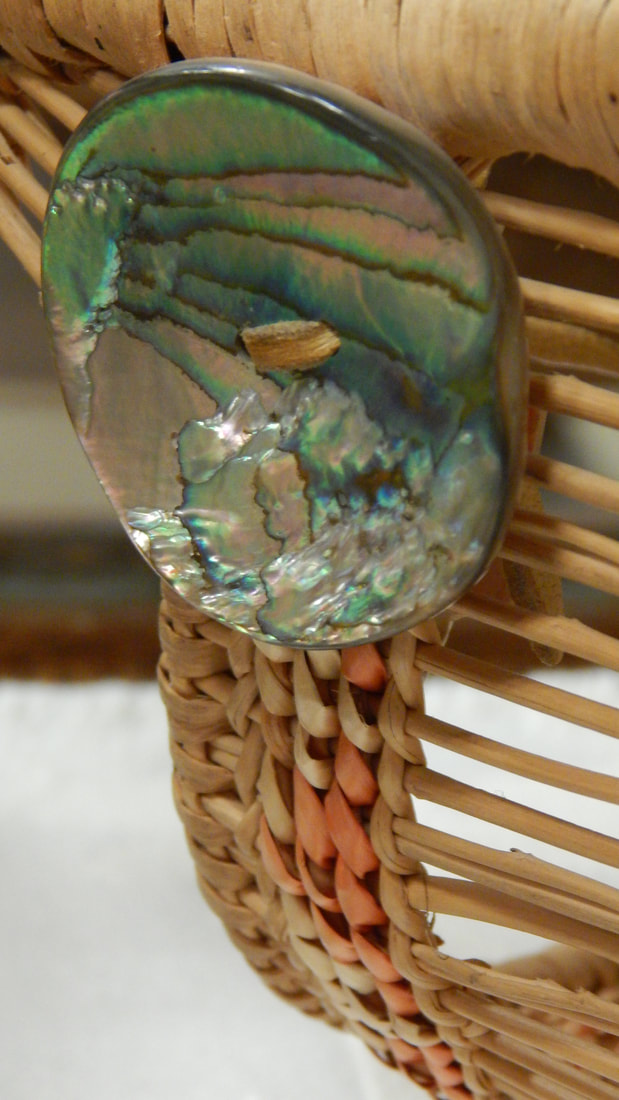
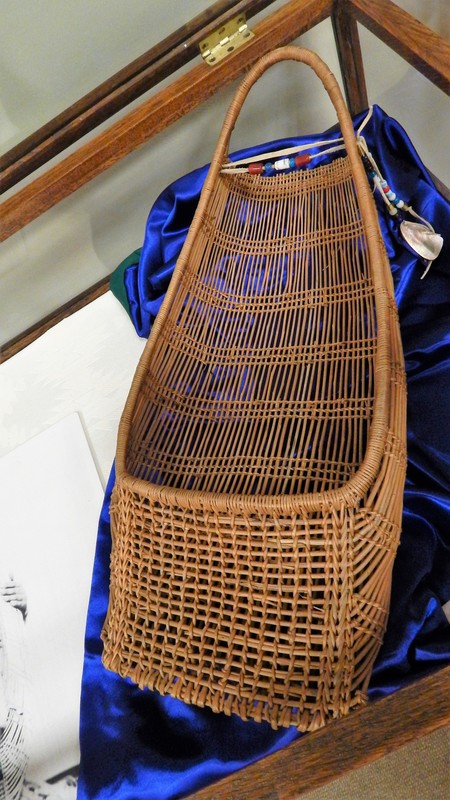
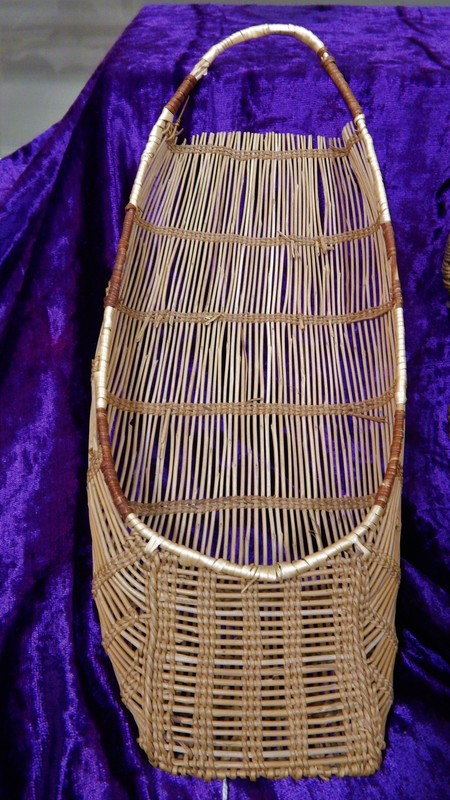
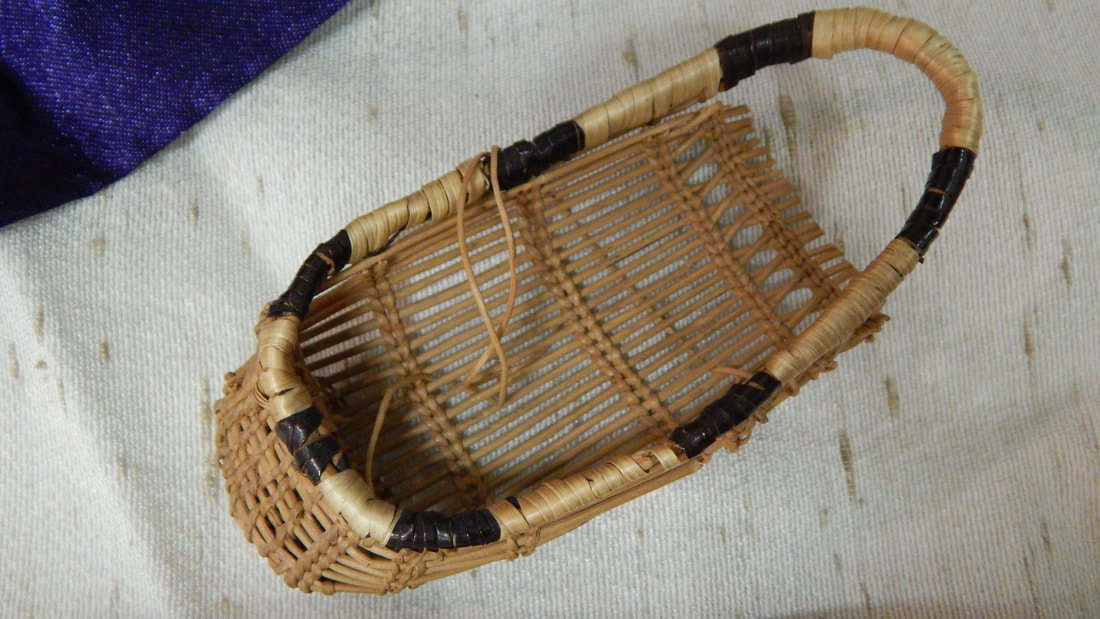
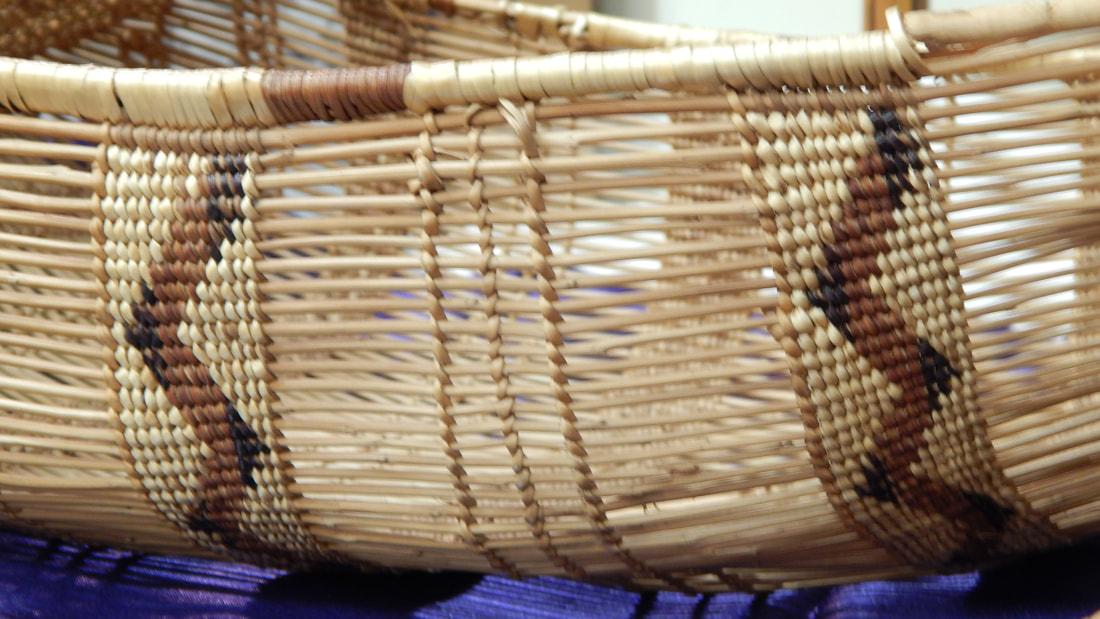
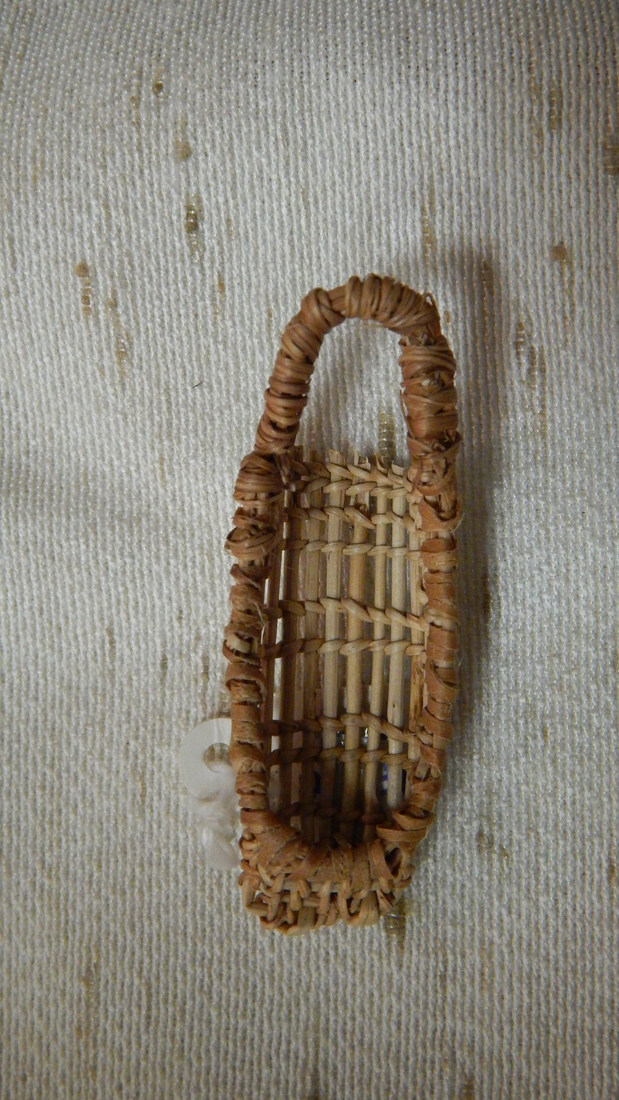
 RSS Feed
RSS Feed